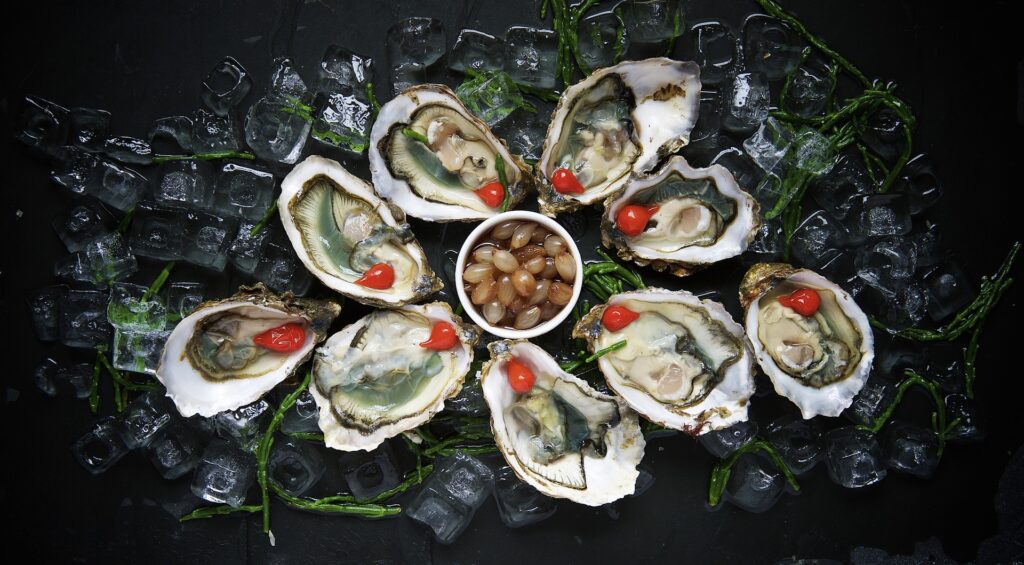New research found that marine mollusks such as mussels, oysters, and scallops, contain the highest levels of microplastic contamination of all seafood.

The team, led by members from the Hull York Medical School and the University of Hull has analyzed over 50 studies on the topic of microplastic contamination in seafood. These were published between 2014 and 2020 and worked with species ranging from fish to shellfish all around the world.
Food with a little extras
“A critical step in understanding the full impact on human consumption [of plastics] is in first fully establishing what levels of microplastics [MPs] humans are ingesting,” says Evangelos Danopoulos, a postgraduate student at Hull York Medical School and co-author of the paper. “We can start to do this by looking at how much seafood and fish is eaten and measuring the number of MPs in these creatures.”
Microplastics are produced by the breakdown of larger plastic particles as they decompose slowly; some are produced outright, as additives for cleaning or beauty products. Eventually, they make their way into waterways and the ocean through wastewater. Once there, MPs often become ingested by wildlife that confuses it for bits of food. Microplastics resist digestion and build-up in the animals’ bodies.
Whenever we eat seafood, then, we’re also taking in the plastics they ingested over their lifetimes. MP contamination is not limited to seafood, but it is more pronounced here than in any other type of environment. The team found microplastic content ranged between 0-10.5 microplastics per gram (MPs/g) in mollusks, 0.1-8.6 MPs/g in crustaceans, 0-2.9 MPs/g in fish.
“Microplastics have been found in various parts of organisms such as the intestines and the liver,” says Danopoulos. “Seafood species like oysters, mussels, and scallops are consumed whole whereas in larger fish and mammals only parts are consumed. Therefore, understanding the microplastic contamination of specific body parts, and their consumption by humans, is key.”
“No-one yet fully understands the full impact of microplastics on the human body, but early evidence from other studies suggest they do cause harm.”
China, Australia, and Canada are the largest global consumers of mollusks, the team also found, followed by Japan, the US, Europe, and the UK. Those captured off the coasts of Asia tended to see the highest levels of contamination, suggesting these areas are the most heavily polluted with plastics and microplastics.
The findings showcase the sheer extent of the plastic pollution problem facing our planet. Production of such materials is expected to triple by 2060, meaning it will only get worse and worse in the future unless steps are taken soon. For that to happen, however, we need to get a clearer image of the problem, and the team explains that we need standardized methods of measuring microplastic contamination levels, and more on-the-ground data to see how different oceans and waterways are impacted by them.
The paper, “Microplastic contamination of seafood intended for human consumption: a systematic review and meta-analysis” has been published in the journal Environmental Health Perspectives.









